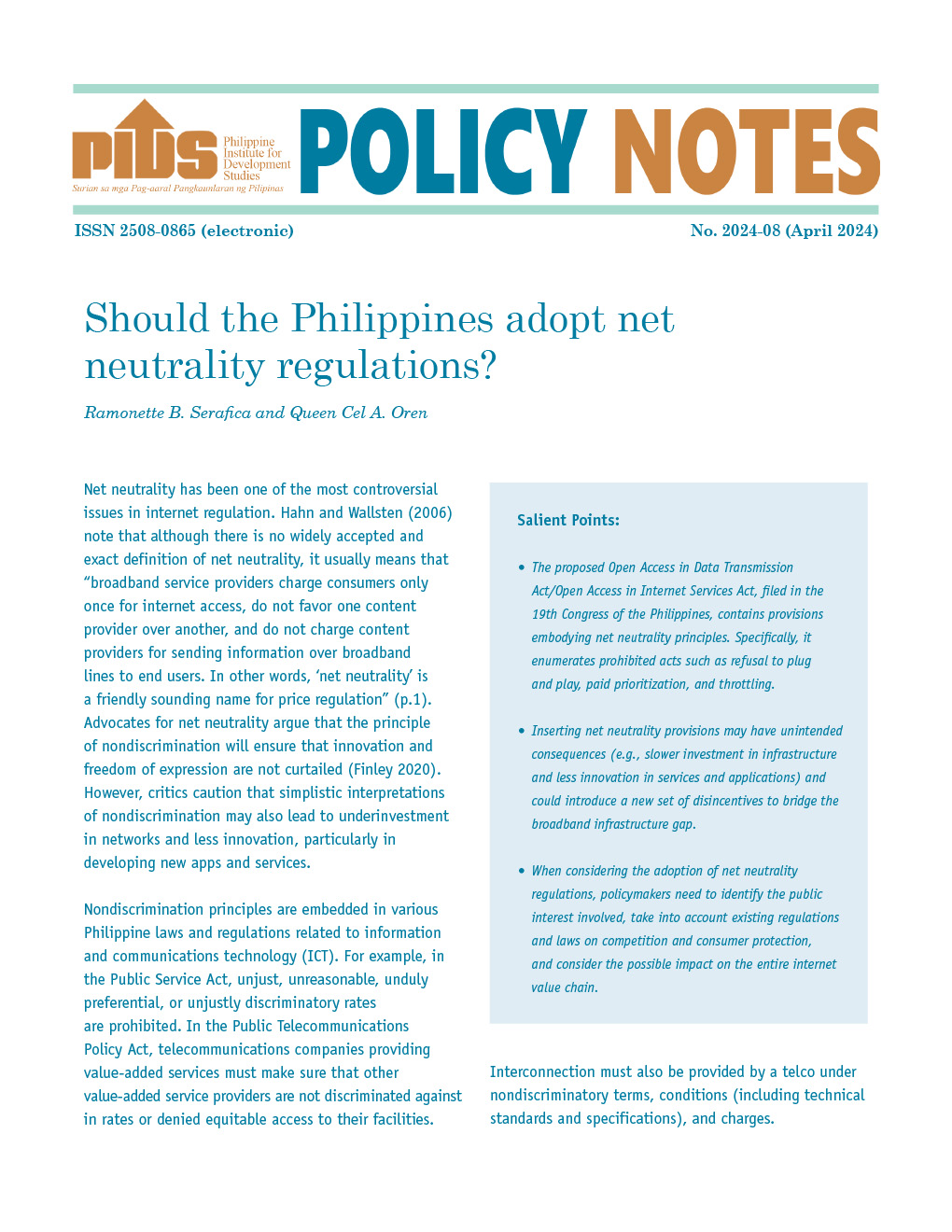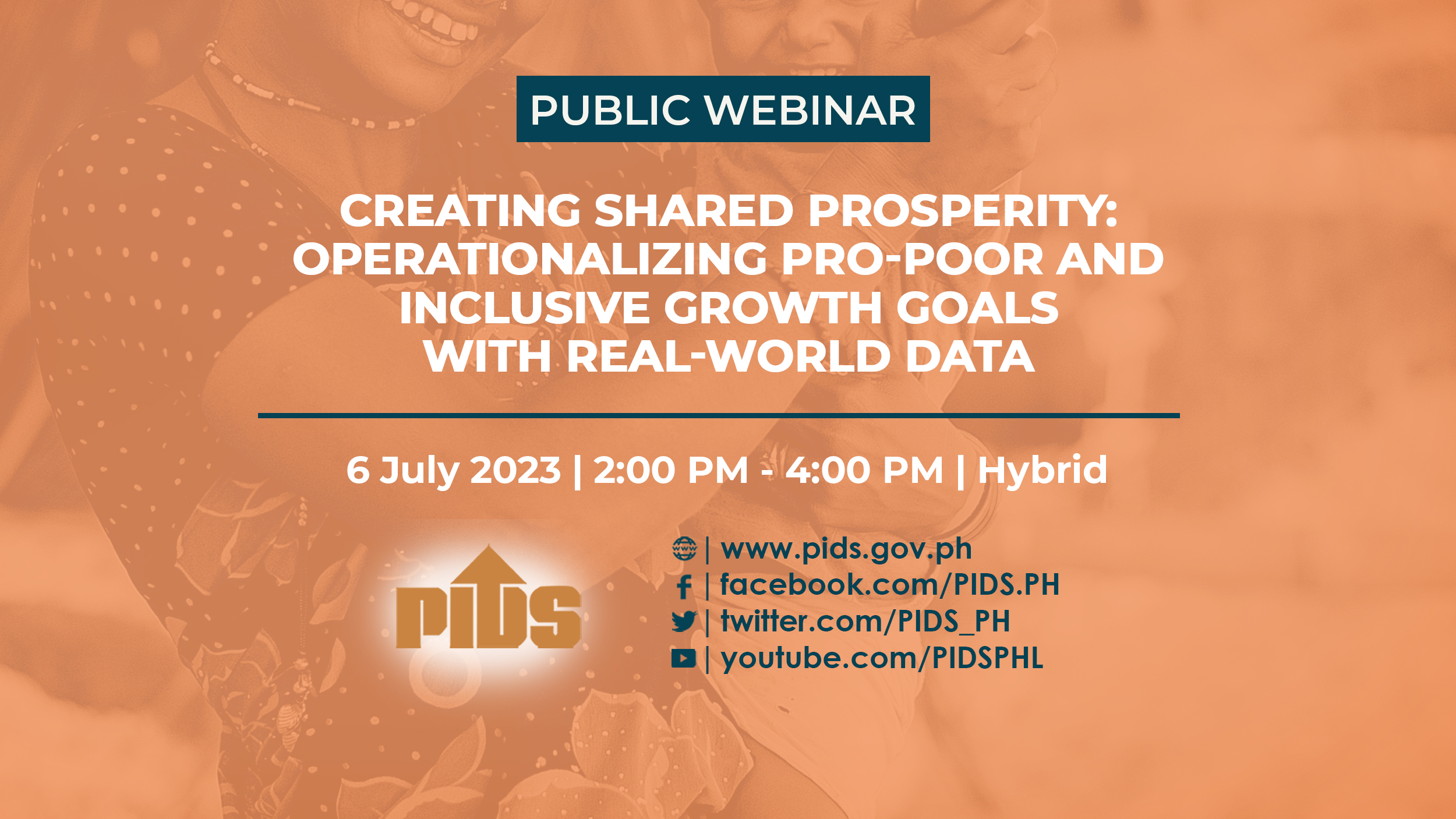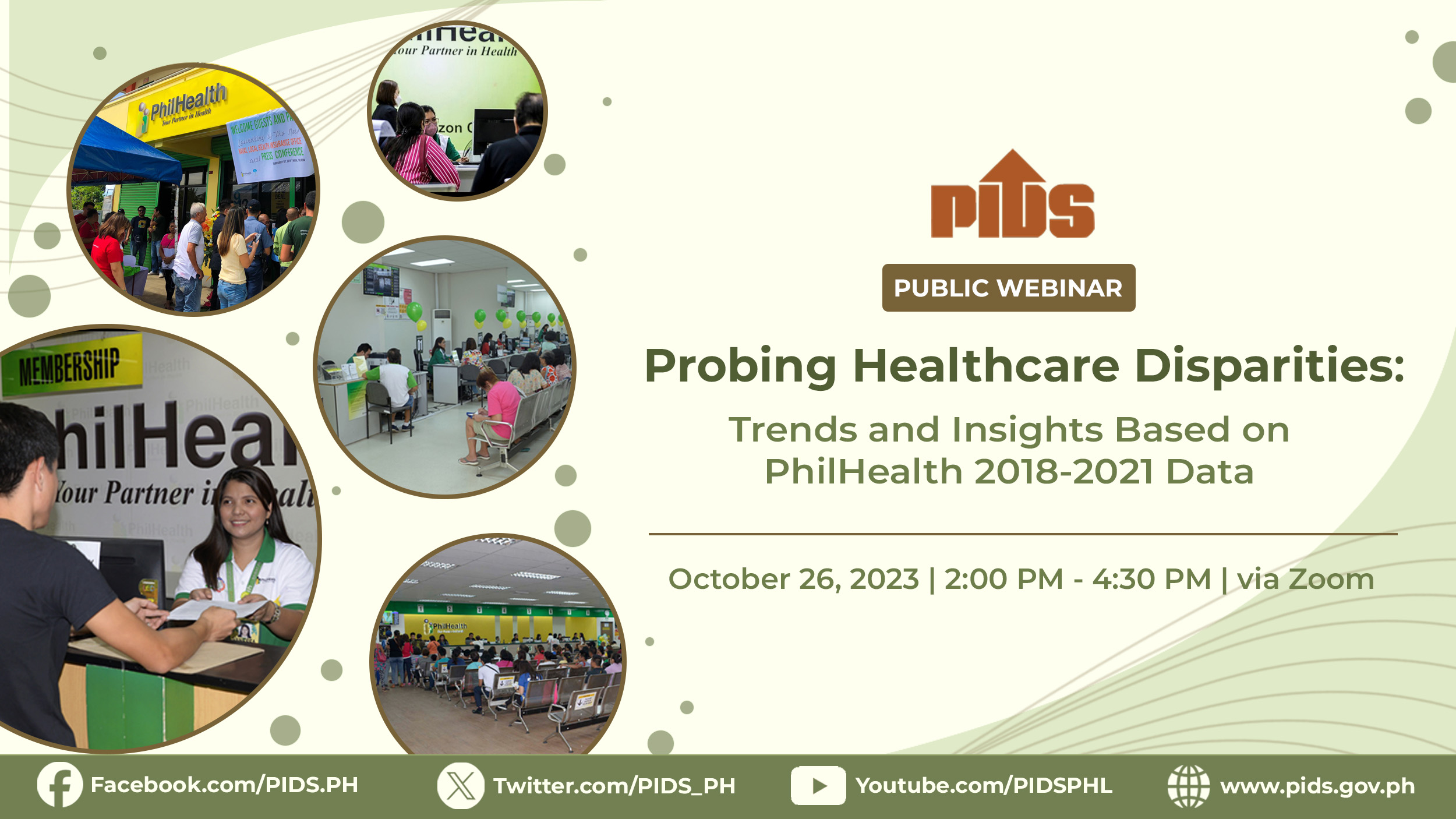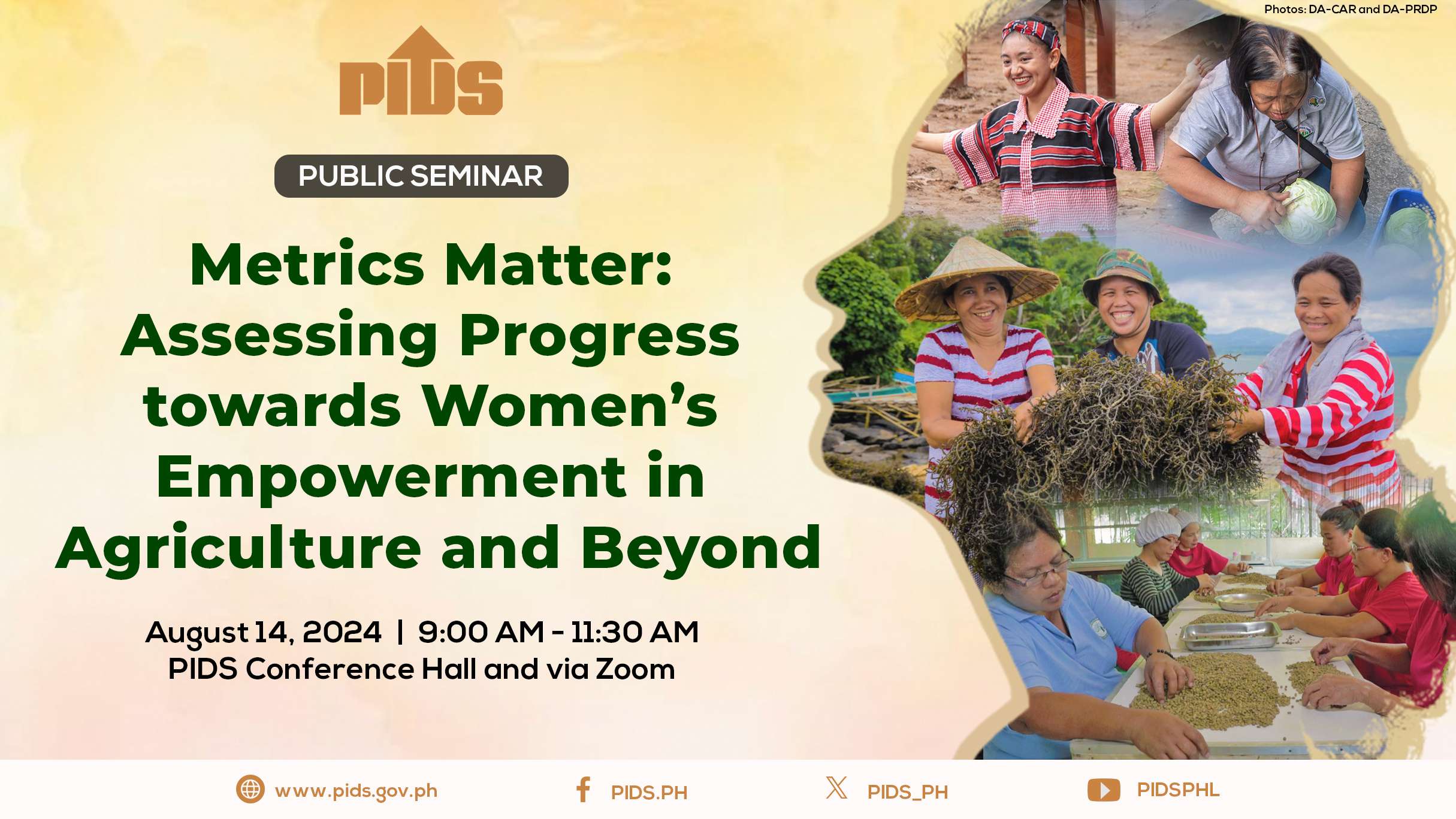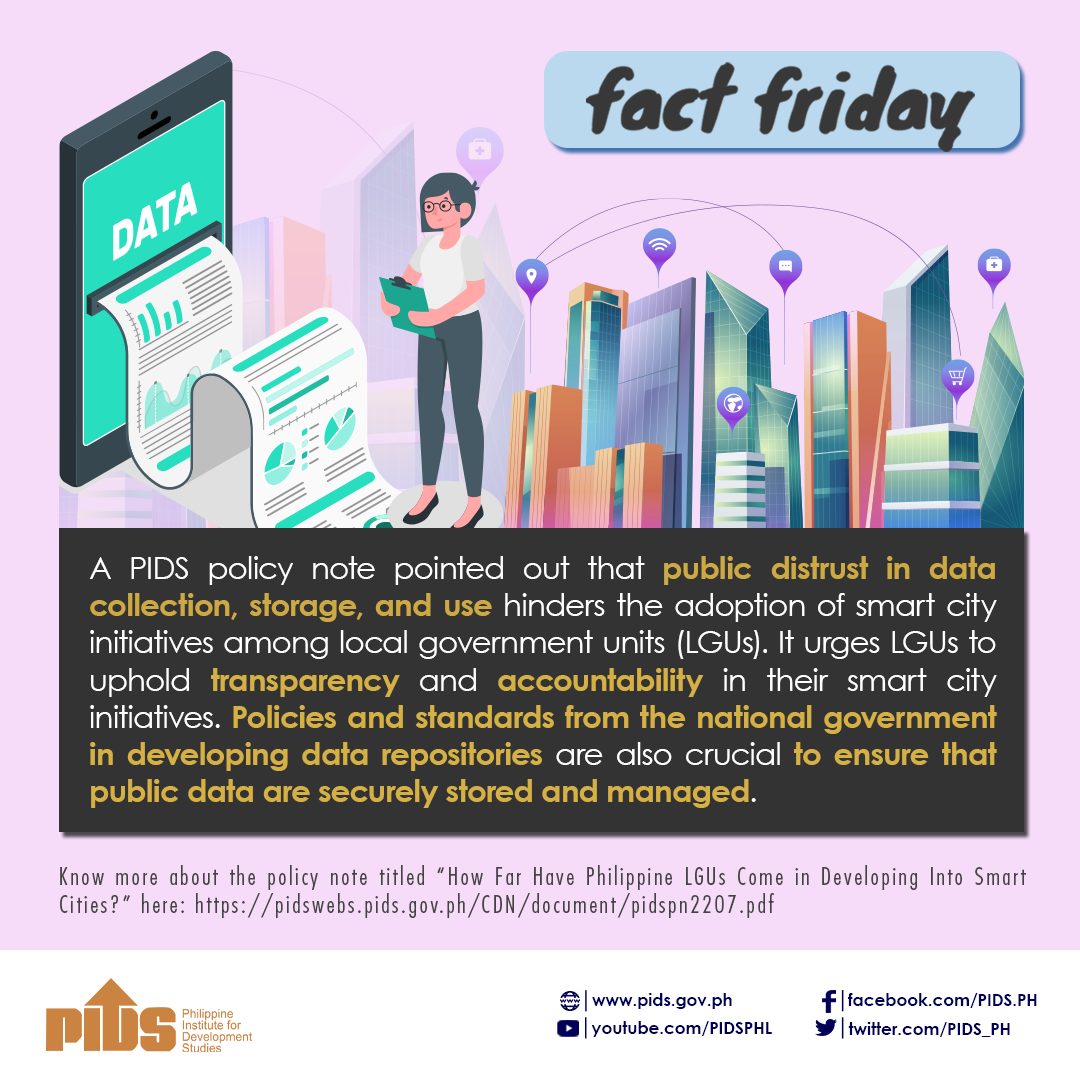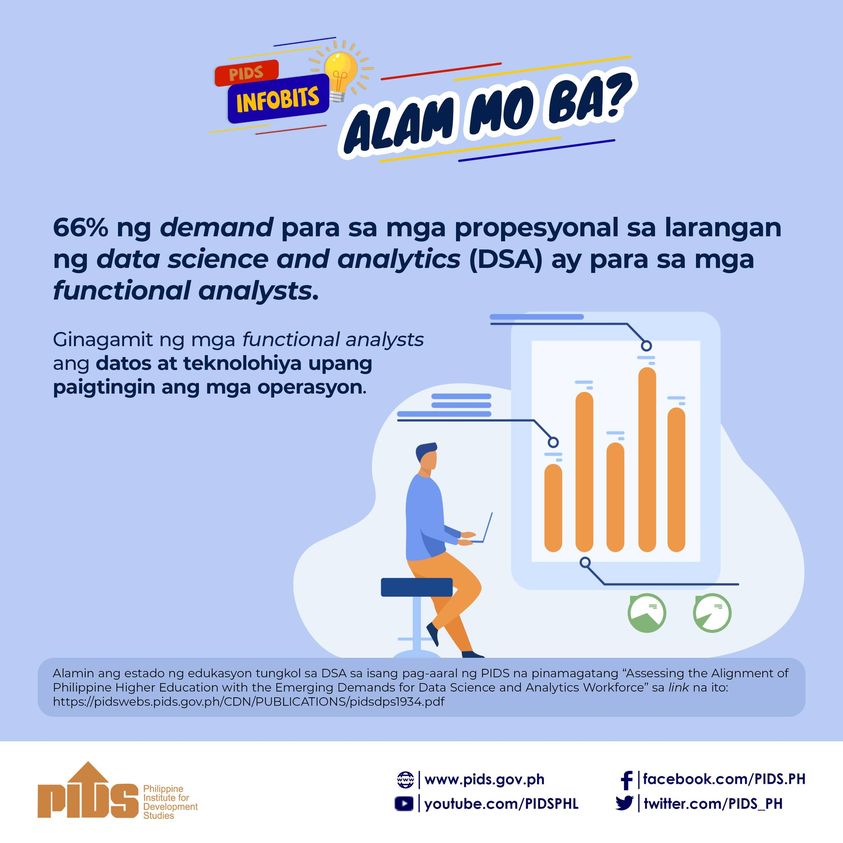Duterte claims there are 3 to 4 million drug addicts in the Philippines but data from the Dangerous Drugs Board show there are only 1.8 million current drug users. How will this affect the war on drugs?
ACCURATE DATA. The war on drugs needs to be based on accurate statistics and data.
MANILA, Philippines – President Rodrigo Duterte on Wednesday, October 10, said that two policemen die each day in drug-related operations. “Dalawa, kahapon, dalawa. Dalawa 'yan. Dalawang dalawa. Kung hindi sundalo, pulis. Nawawalan ako ng sundalo pati pulis. If that is not a war against drugs then what is it?” he said during the ceremonial sendoff of 18 Vietnamese fishermen in Pangasinan. (Two, yesterday, two. That’s two. That's really two. If not soldiers, I’m losing policemen. I’m losing soldiers and policemen. If that is not a war against drugs, then what is it?) A quick check with data from the Philippine National Police (PNP), however, shows that as of November 3, 7 policemen and 3 Armed Forces of the Philippines (AFP) personnel have been killed in drug-related operations. Meanwhile, 24 policemen and 8 soldiers were injured. (IN NUMBERS: The Philippines' 'war on drugs’) Several media organizations such as Rappler and Philippine Star, among others, have pointed out this inaccuracy as early as August. In fact, if two policemen or military have died every day since the war on drugs started, there should be 250 policemen or military killed already. (READ: Duterte losing 2 policemen daily to drug war? Stats don’t say so)
This is not the first time that Duterte has cited inaccurate data in support of his intensified campaign against illegal drugs that has already claimed 4,783 lives as of Thursday, November 3. In speeches delivered in various events within his first 4 months, Duterte often mentioned that the “drug addicts” in the Philippines have reached 3 to 4 million already. In a report by the Philippine Star, Duterte explained that the estimate of 3 million “drug addicts” came from former Philippine Drug Enforcement Agency (PDEA) chief Dionisio Santiago, while he cited an added one million based on “recent events” without specifying any source. Data from the Dangerous Drugs Board (DDB), the policy-making body under the Office of the President and repository of official data on illegal drugs, refute this claim. Results of the 2015 Nationwide Survey on the Nature and Extent of Drug Abuse in the Philippines show that there are 1.8 million current drug users aged 18 to 69, while 4.8 million Filipinos have used illegal drugs at least once in their lives. The survey, which is done every 3 years, did not identify these individuals as “drug addicts.” Accurate statistics is important The “exaggeration” of drug data doesn’t seem to be a problem for some officials in the anti-narcotics body. In a Reuters report, PDEA National Capital Region (NCR) Director Wilkins Villanueva said that the “overestimation” of President Duterte is okay since “he just exaggerates it so we will know that the problem is very big.” Is it really not a problem? Cari Laylo of Laylo Research Strategies, who has worked with both government and non-governmental agencies in data gathering through surveys, said that using wrong data, no matter what issue is involved, may affect the outcome of policies and strategies. “Lack of or inaccurate data leads to unrealistic targets and ineffective strategies,” she told Rappler. Professional statistician and Philippine Institute of Development Studies senior research fellow Dr Jose Ramon Albert, meanwhile, said that statistics are primarily meant as inputs to policies. They also help identify the problems even if there are limited resources. Accurate data can give any policy-making body, such as the DDB, a sense of how to approach these problems through policies. “Any policy-making body should be focusing on evidence-based policies, and statistics are inputs to policies,” he said. “While they are not the only inputs, it is important that policies are based on accurate, credible and meaningful statistics.” For example, the National Nutrition Council (NNC) conducts an annual Operation Timbang or an annual weighing of pre-schoolers below 6 years old (or 0 to 71 months old) in different communities. The data gathered by Barangay Nutrition Scholars (BNS) are then used for local nutritional planning. Other government agencies also make use of statistics and data gathered by the Philippine Statistics Authority (PSA). Laylo, meanwhile, said an annual data-gathering, like what the NNC does, can make policies more effective. “The more recent or up-to-date the data is, the more calibrated one can design policies to address a specific issue,” she said. This is what Agriculture Secretary Manny Piñol earlier pointed out. In a Facebook post in July, he admonished the Department of Agriculture (DA) for using information based on soil samplings that were gathered "in the late 1970s." (READ: Piñol calls out DA officials for using outdated soil data) An updated national soil testing and sampling is important, he said, because it will be used to determine which "region of the country could grow which crop best, based on soil components and fertility." What happens to inaccurate data? Aside from playing an important role in policy-making, Laylo explained surveys can also serve as a tool in evaluating existing programs aimed at solving problems in society. “Surveys can be used both as a benchmark if no data is available, or as a tool to evaluate the impact of a current or past program or project, and assess or design next steps,” she said.
Albert, however, pointed out that statistics related to drug use may be hard to come by considering how controversial the issue is. “Statistics on drugs tend to be inaccurate as hardly anyone will admit being hooked on drugs,” he said. But if there are inaccuracies in statistics and data used, it is still not too late to correct them. Government agencies and other organizations that maximize data, Laylo explained, need to be familiar with surveyrelated terms such as methodologies and analysis to “better understand how to maximize the results they report. “Having access to some statistics is always better than no data at all,” she said. “If they are aware of overestimation or underreporting then there are means to correct for it, provided you have info on where overestimation or underreporting may have occurred and why.” “The effectiveness of strategies employed can only be measured in the light of how they designed their studies,” Laylo added. The Philippines has several drug-related statistics – from PDEA to DDB – that can guide the government as it ventures into the second phase of its war on drugs. Will Duterte’s approach be more fact-based? – Rappler.com
ACCURATE DATA. The war on drugs needs to be based on accurate statistics and data.
MANILA, Philippines – President Rodrigo Duterte on Wednesday, October 10, said that two policemen die each day in drug-related operations. “Dalawa, kahapon, dalawa. Dalawa 'yan. Dalawang dalawa. Kung hindi sundalo, pulis. Nawawalan ako ng sundalo pati pulis. If that is not a war against drugs then what is it?” he said during the ceremonial sendoff of 18 Vietnamese fishermen in Pangasinan. (Two, yesterday, two. That’s two. That's really two. If not soldiers, I’m losing policemen. I’m losing soldiers and policemen. If that is not a war against drugs, then what is it?) A quick check with data from the Philippine National Police (PNP), however, shows that as of November 3, 7 policemen and 3 Armed Forces of the Philippines (AFP) personnel have been killed in drug-related operations. Meanwhile, 24 policemen and 8 soldiers were injured. (IN NUMBERS: The Philippines' 'war on drugs’) Several media organizations such as Rappler and Philippine Star, among others, have pointed out this inaccuracy as early as August. In fact, if two policemen or military have died every day since the war on drugs started, there should be 250 policemen or military killed already. (READ: Duterte losing 2 policemen daily to drug war? Stats don’t say so)
This is not the first time that Duterte has cited inaccurate data in support of his intensified campaign against illegal drugs that has already claimed 4,783 lives as of Thursday, November 3. In speeches delivered in various events within his first 4 months, Duterte often mentioned that the “drug addicts” in the Philippines have reached 3 to 4 million already. In a report by the Philippine Star, Duterte explained that the estimate of 3 million “drug addicts” came from former Philippine Drug Enforcement Agency (PDEA) chief Dionisio Santiago, while he cited an added one million based on “recent events” without specifying any source. Data from the Dangerous Drugs Board (DDB), the policy-making body under the Office of the President and repository of official data on illegal drugs, refute this claim. Results of the 2015 Nationwide Survey on the Nature and Extent of Drug Abuse in the Philippines show that there are 1.8 million current drug users aged 18 to 69, while 4.8 million Filipinos have used illegal drugs at least once in their lives. The survey, which is done every 3 years, did not identify these individuals as “drug addicts.” Accurate statistics is important The “exaggeration” of drug data doesn’t seem to be a problem for some officials in the anti-narcotics body. In a Reuters report, PDEA National Capital Region (NCR) Director Wilkins Villanueva said that the “overestimation” of President Duterte is okay since “he just exaggerates it so we will know that the problem is very big.” Is it really not a problem? Cari Laylo of Laylo Research Strategies, who has worked with both government and non-governmental agencies in data gathering through surveys, said that using wrong data, no matter what issue is involved, may affect the outcome of policies and strategies. “Lack of or inaccurate data leads to unrealistic targets and ineffective strategies,” she told Rappler. Professional statistician and Philippine Institute of Development Studies senior research fellow Dr Jose Ramon Albert, meanwhile, said that statistics are primarily meant as inputs to policies. They also help identify the problems even if there are limited resources. Accurate data can give any policy-making body, such as the DDB, a sense of how to approach these problems through policies. “Any policy-making body should be focusing on evidence-based policies, and statistics are inputs to policies,” he said. “While they are not the only inputs, it is important that policies are based on accurate, credible and meaningful statistics.” For example, the National Nutrition Council (NNC) conducts an annual Operation Timbang or an annual weighing of pre-schoolers below 6 years old (or 0 to 71 months old) in different communities. The data gathered by Barangay Nutrition Scholars (BNS) are then used for local nutritional planning. Other government agencies also make use of statistics and data gathered by the Philippine Statistics Authority (PSA). Laylo, meanwhile, said an annual data-gathering, like what the NNC does, can make policies more effective. “The more recent or up-to-date the data is, the more calibrated one can design policies to address a specific issue,” she said. This is what Agriculture Secretary Manny Piñol earlier pointed out. In a Facebook post in July, he admonished the Department of Agriculture (DA) for using information based on soil samplings that were gathered "in the late 1970s." (READ: Piñol calls out DA officials for using outdated soil data) An updated national soil testing and sampling is important, he said, because it will be used to determine which "region of the country could grow which crop best, based on soil components and fertility." What happens to inaccurate data? Aside from playing an important role in policy-making, Laylo explained surveys can also serve as a tool in evaluating existing programs aimed at solving problems in society. “Surveys can be used both as a benchmark if no data is available, or as a tool to evaluate the impact of a current or past program or project, and assess or design next steps,” she said.
Albert, however, pointed out that statistics related to drug use may be hard to come by considering how controversial the issue is. “Statistics on drugs tend to be inaccurate as hardly anyone will admit being hooked on drugs,” he said. But if there are inaccuracies in statistics and data used, it is still not too late to correct them. Government agencies and other organizations that maximize data, Laylo explained, need to be familiar with surveyrelated terms such as methodologies and analysis to “better understand how to maximize the results they report. “Having access to some statistics is always better than no data at all,” she said. “If they are aware of overestimation or underreporting then there are means to correct for it, provided you have info on where overestimation or underreporting may have occurred and why.” “The effectiveness of strategies employed can only be measured in the light of how they designed their studies,” Laylo added. The Philippines has several drug-related statistics – from PDEA to DDB – that can guide the government as it ventures into the second phase of its war on drugs. Will Duterte’s approach be more fact-based? – Rappler.com


